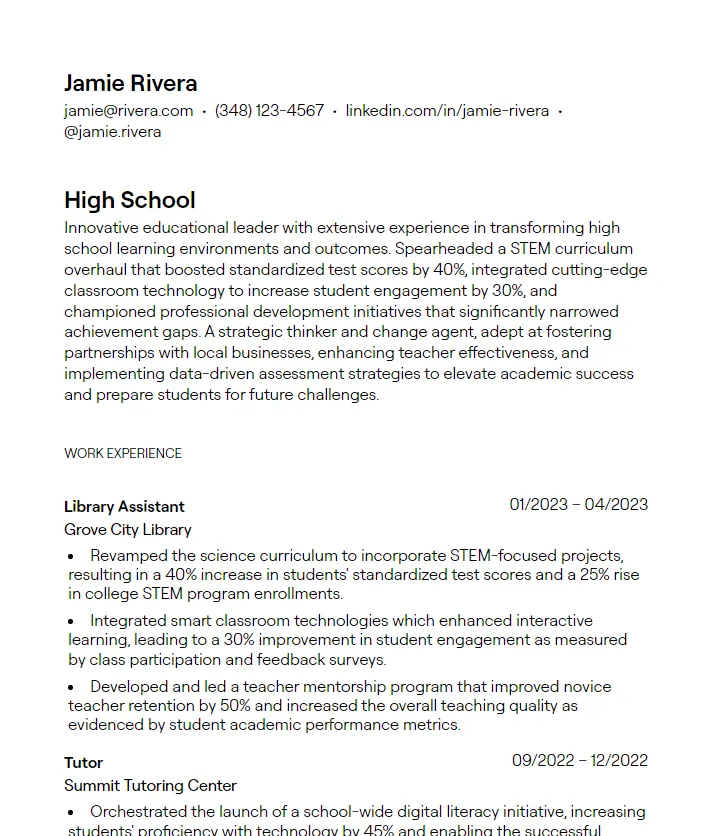Understanding the Purpose of a Cover Letter
A cover letter is your first introduction to a potential employer, and it serves as a crucial tool in your job application. It’s more than just a formality; it’s an opportunity to showcase your personality, express your enthusiasm, and demonstrate why you’re a good fit for the role. While a resume provides a snapshot of your qualifications, a cover letter allows you to expand on those points, providing context and demonstrating your genuine interest in the position and the company. For high school students, who may lack extensive work experience, a well-crafted cover letter becomes even more vital. It allows you to highlight transferable skills, showcase your personality, and express your eagerness to learn and contribute.
Why a Cover Letter Matters
In a competitive job market, a cover letter can make a significant difference. It gives you the chance to differentiate yourself from other applicants, especially those with similar qualifications. A compelling cover letter captures the hiring manager’s attention, demonstrating your proactive approach and genuine interest. It allows you to personalize your application, tailoring your message to the specific job and company. This personalization shows that you’ve taken the time to research the opportunity and understand what the employer is looking for, setting a positive first impression.
Highlighting Skills and Qualities
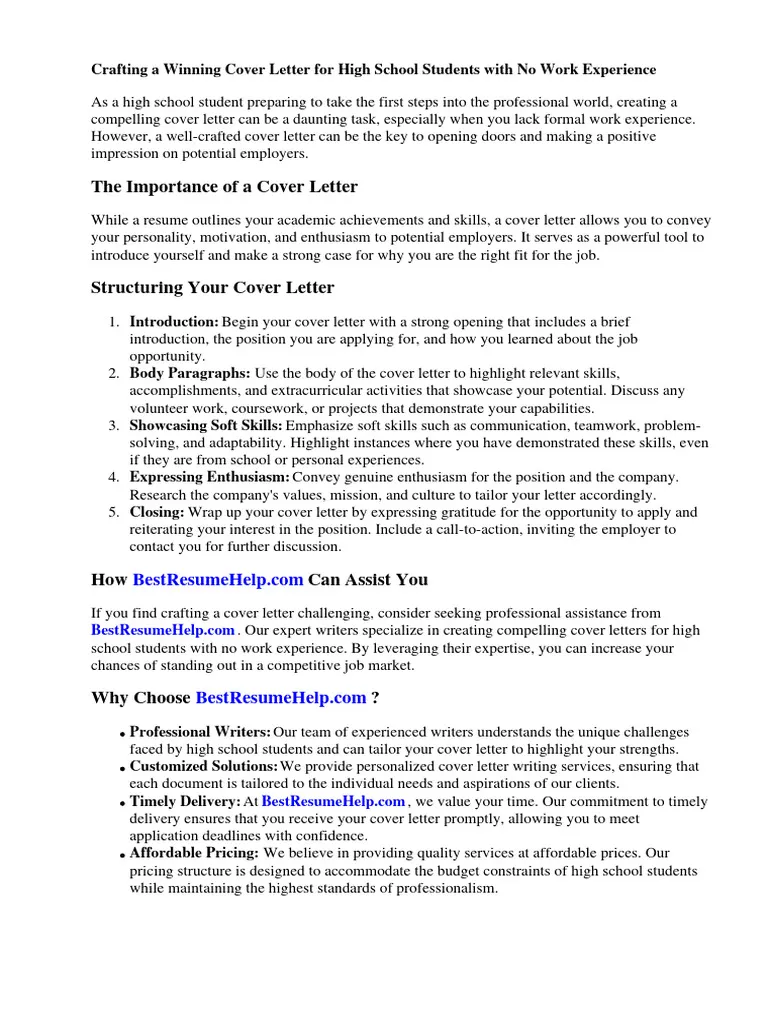
When you have little or no work experience, the key is to focus on transferable skills. These are abilities and qualities you’ve developed through various activities, such as school projects, extracurricular involvement, volunteer work, and personal experiences. Employers are often more interested in your potential and willingness to learn than your previous job titles. Highlighting these transferable skills demonstrates your capability to succeed in the role, even without direct experience. Identify skills that align with the job requirements and provide specific examples of how you’ve demonstrated these skills in the past.
Transferable Skills for High School Students
High school students possess a wealth of transferable skills. Identifying and showcasing these skills is essential to a successful cover letter. Think about what you have already mastered, and how that could be useful on the job. Remember to look into your past and learn from your past. Remember that you have to be specific and give examples for each one to prove your points and show your hiring manager that you know what you are talking about.
Communication Skills
Effective communication is crucial in any workplace. Highlight your ability to express yourself clearly, both verbally and in writing. Provide examples of how you’ve communicated effectively in school, such as through presentations, group projects, or written assignments. Discuss how you listen attentively and respond appropriately, demonstrating your ability to understand and convey information accurately. Showcasing good communication skills demonstrates your ability to collaborate with others, understand instructions, and resolve issues effectively.
Teamwork Abilities
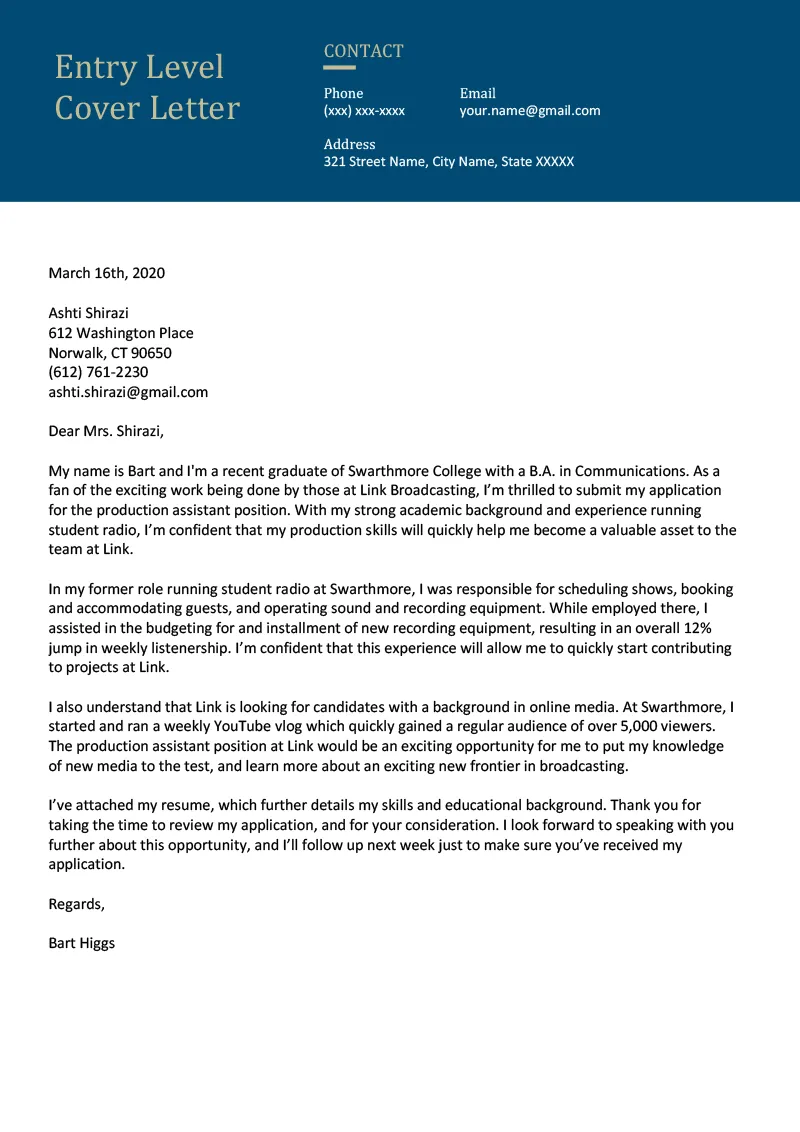
Teamwork is another valuable skill. Describe your experiences working collaboratively with others in school projects, clubs, or sports teams. Mention how you contribute to group goals, support your teammates, and resolve conflicts constructively. Demonstrate your ability to share ideas, listen to different perspectives, and contribute to a positive and productive team environment. Emphasize your understanding of the importance of teamwork in achieving common objectives.
Adaptability and Willingness to Learn
Employers value adaptability and a willingness to learn. Highlight instances where you’ve embraced new challenges, adapted to changing circumstances, or learned new skills. Show that you are open to feedback, eager to take on new tasks, and committed to continuous improvement. Describe how you seek opportunities to learn, whether through online courses, reading, or mentorship. Demonstrate your flexibility and ability to handle unexpected situations with a positive attitude.
Structuring Your Cover Letter
A well-structured cover letter follows a clear format, making it easy for the reader to understand your message. Pay attention to the layout, including the header, opening paragraph, body paragraphs, and closing paragraph. Each section serves a specific purpose, helping you present your qualifications and express your interest effectively. Use a professional and concise tone, maintaining a positive and enthusiastic attitude throughout the letter. A clear and organized cover letter shows professionalism and respect for the employer’s time.
Header and Contact Information
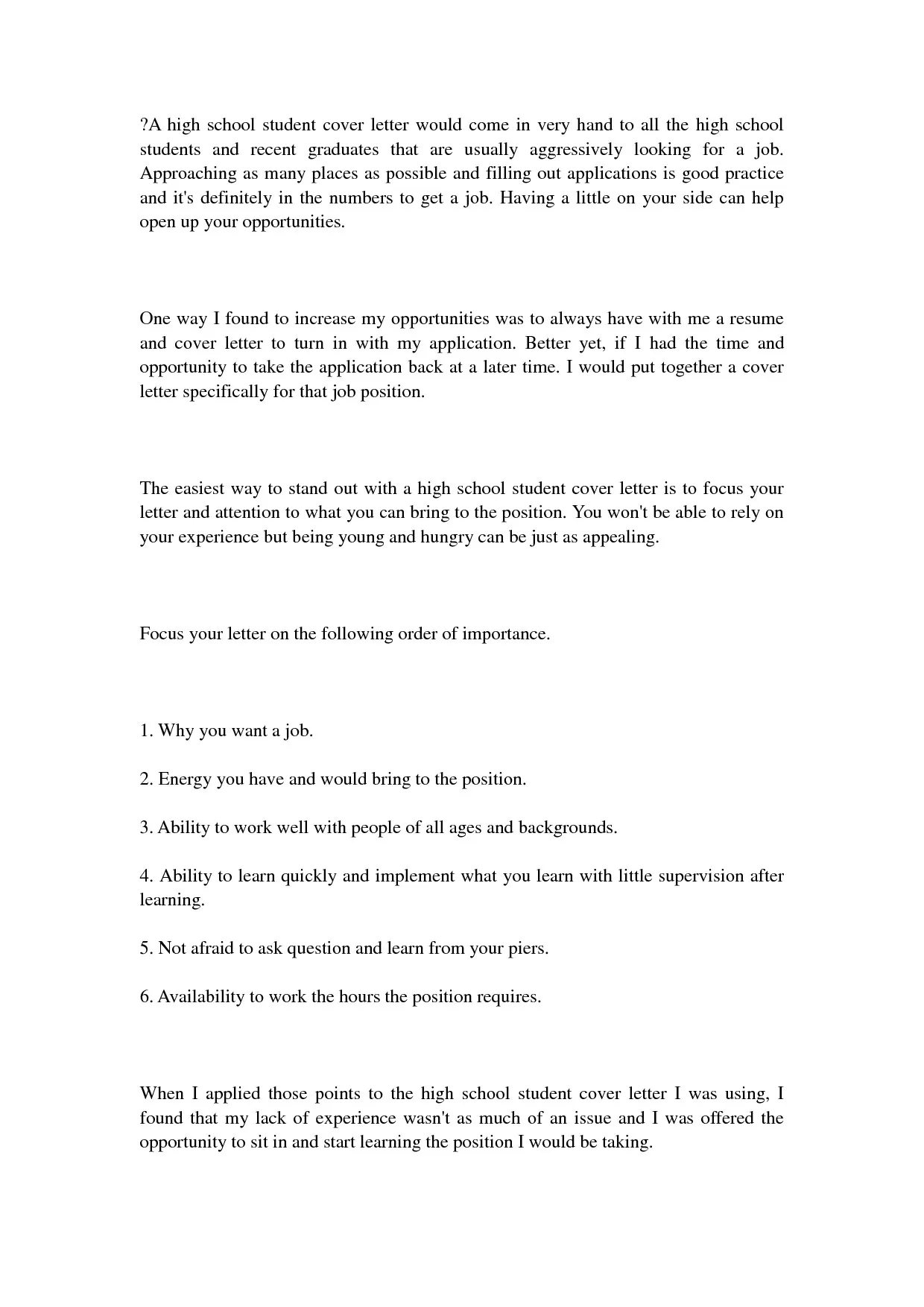
Begin your cover letter with a header that includes your full name, address, phone number, and email address. Ensure your email address is professional, using your full name or a variation of it. If possible, include the date and the hiring manager’s name and title. Use the company’s official address for your reference. This section provides the employer with your contact details and helps them easily reach you.
The Opening Paragraph
Start your cover letter with a strong opening paragraph that immediately captures the reader’s attention. State the position you’re applying for and how you found out about the opportunity. Express your enthusiasm for the role and the company. Briefly mention one or two key skills or experiences that make you a good fit for the job, creating an initial impression of your suitability. This is your chance to show your interest and get the hiring manager to read further.
Body Paragraphs
The body paragraphs are where you showcase your skills and experiences. Expand on the key points you mentioned in the opening paragraph. Provide specific examples to support your claims. Relate your transferable skills to the job requirements, demonstrating how your abilities align with the role. Highlight your relevant accomplishments from school, extracurricular activities, or volunteer work. Explain how your experiences have prepared you for the position and what contributions you can make to the company. Each example should demonstrate your abilities.
Closing Paragraph
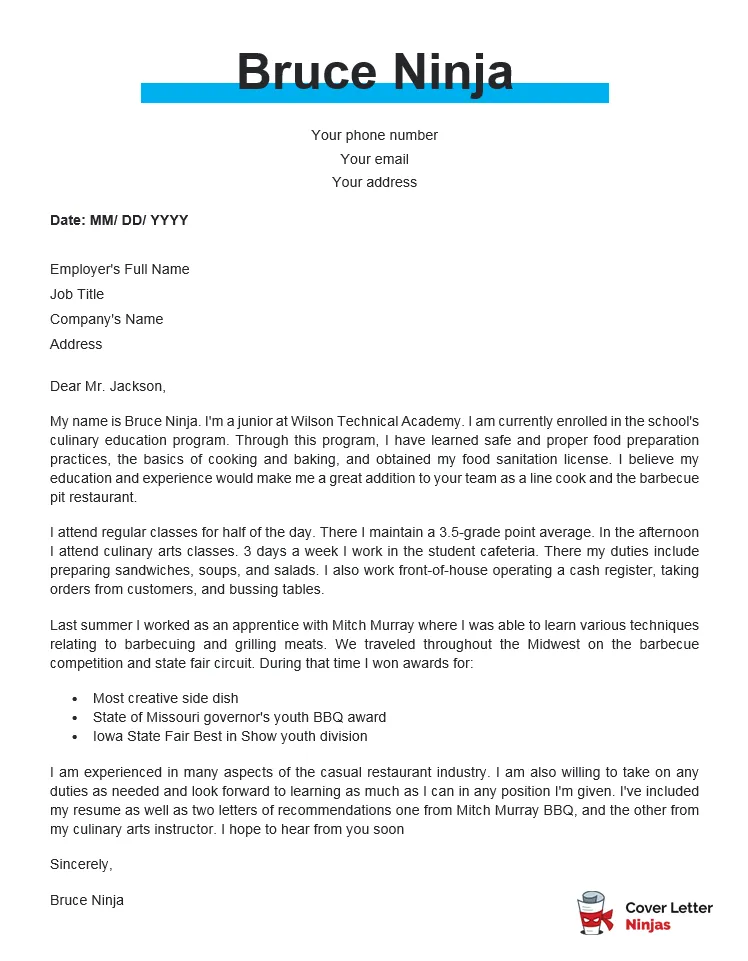
Conclude your cover letter with a professional closing paragraph. Reiterate your interest in the position and the company. Summarize your key qualifications and emphasize your enthusiasm to contribute. Include a call to action, such as requesting an interview or expressing your availability to discuss your qualifications further. Thank the hiring manager for their time and consideration. End your cover letter with a formal closing, such as “Sincerely” or “Respectfully,” followed by your full name.
Showcasing Your Passion and Enthusiasm
Expressing genuine passion and enthusiasm is crucial for making a positive impression. Employers want to hire individuals who are genuinely interested in the job and the company. Show that you’ve taken the time to research the company, understand its mission, and see how your skills and values align with its goals. Let your personality shine through your writing, demonstrating your energy and eagerness to learn. Your enthusiasm is contagious and can make you stand out.
Expressing Interest in the Position
Clearly state your interest in the specific position you’re applying for. Mention what attracts you to the role and what you hope to achieve in the position. Discuss how your skills and experiences align with the job requirements. Show that you’ve carefully read the job description and understand the expectations. Demonstrate that you’re genuinely excited about the opportunity.
Mentioning Relevant School Activities or Projects
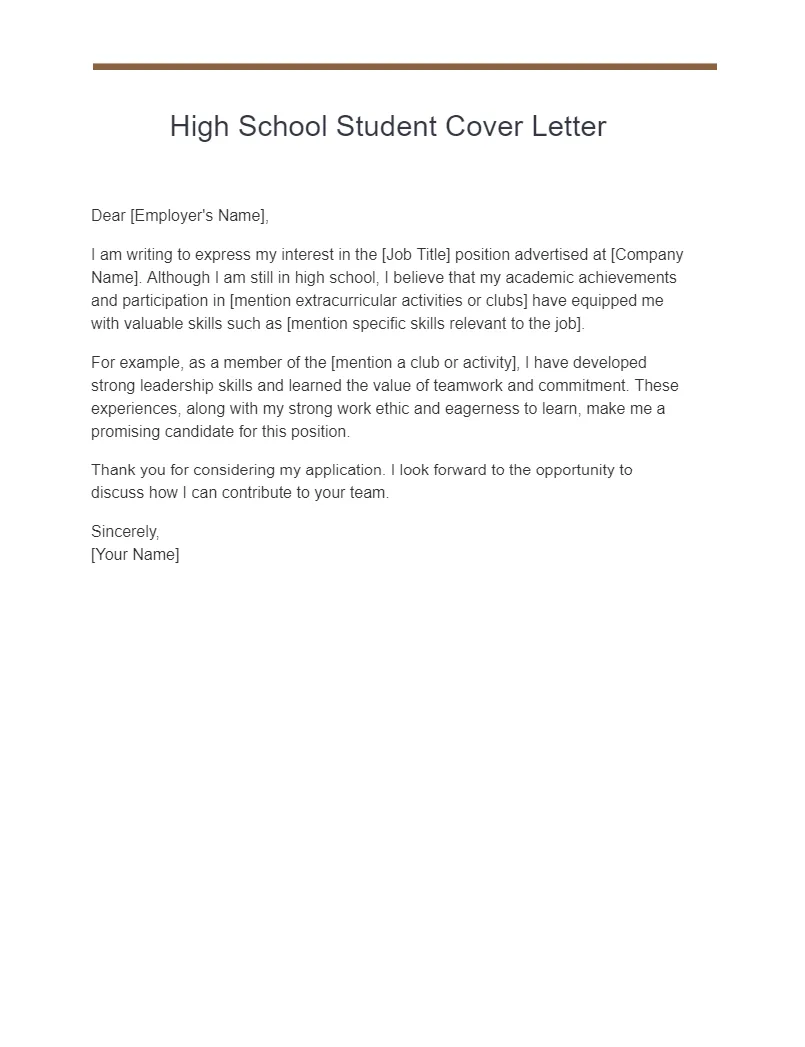
Highlight any school activities, projects, or extracurricular involvement that demonstrate your skills and qualities. Mention any leadership roles you’ve held, teamwork experiences, or projects that showcase your abilities. Explain what you learned from these experiences and how they’ve prepared you for the job. This section demonstrates your ability to apply your skills in different contexts.
Tailoring Your Letter to the Job
Customizing your cover letter for each job application is essential. Generic cover letters are easily recognizable and often discarded. Tailoring your letter shows the employer that you’re genuinely interested in the specific opportunity and have taken the time to understand their needs. Research the company and the role, and align your skills and experiences with the specific requirements of the job. This personalized approach demonstrates your dedication and makes a stronger impact.
Researching the Company and Job Requirements
Before writing your cover letter, research the company and the specific job requirements. Visit the company’s website to learn about its mission, values, and culture. Review the job description carefully to identify the key skills and qualifications the employer is seeking. Understand the company’s industry and the role of the position within the organization. This research will enable you to tailor your letter, demonstrating your understanding of the opportunity.
Using Keywords from the Job Description
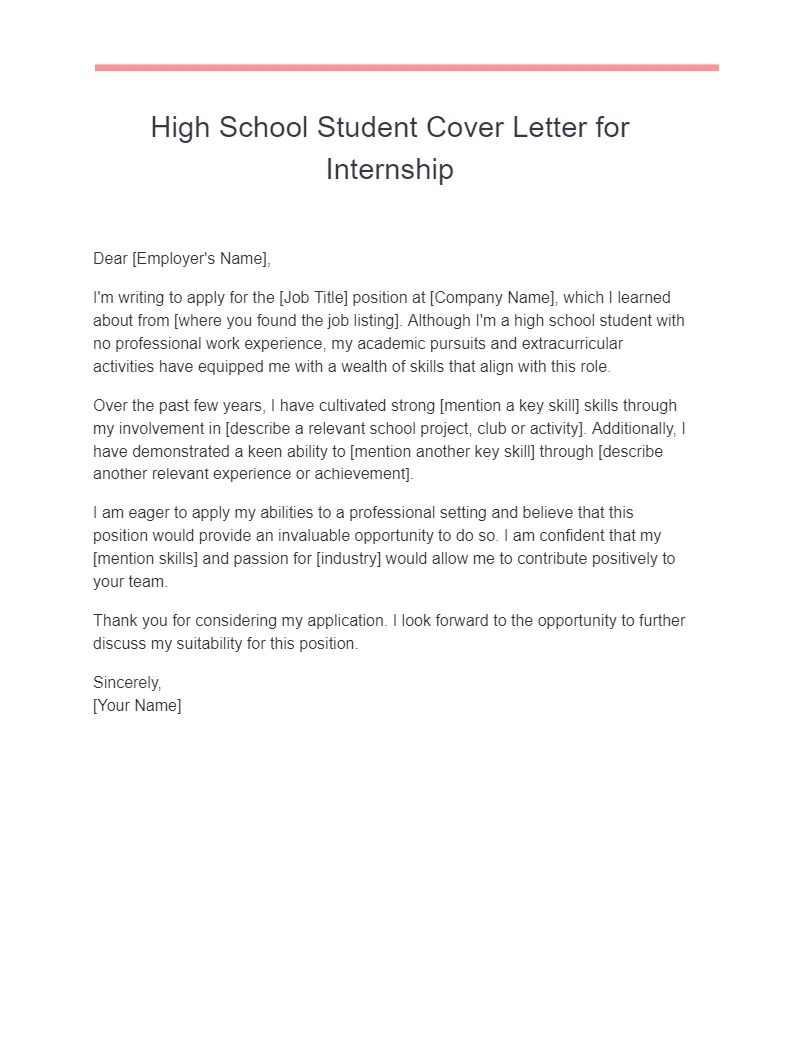
Incorporate keywords from the job description into your cover letter. Employers often use applicant tracking systems (ATS) to scan resumes and cover letters for relevant keywords. By using the same terms and phrases the employer uses, you increase the chances of your application being noticed. However, avoid keyword stuffing; use the keywords naturally within the context of your writing. Use keywords to highlight your skills and experiences, showcasing your alignment with the job requirements.
Proofreading and Formatting
Before submitting your cover letter, proofread it carefully for any errors in grammar, spelling, and punctuation. Errors can undermine your credibility and detract from your qualifications. Ensure your letter is well-formatted, with a clear and professional layout. Pay attention to the font, margins, and spacing. A polished and error-free cover letter demonstrates your attention to detail and professionalism.
Checking for Errors
Proofreading your cover letter is essential. Check for any typos, grammatical errors, and punctuation mistakes. Use a spell checker and grammar checker, but also read your letter carefully, as these tools may not catch every error. Consider asking a friend, teacher, or career counselor to review your letter for a fresh perspective. A well-proofread cover letter demonstrates your professionalism and attention to detail.
Formatting Guidelines
Use a professional and easy-to-read font, such as Times New Roman, Arial, or Calibri, with a font size between 11 and 12 points. Use single spacing and set margins to one inch on all sides. Ensure consistent formatting throughout the letter. Use bolding sparingly, primarily for headings and important information. Proofread the entire letter before submitting it. Adhering to formatting guidelines ensures your cover letter is readable and presents a professional image.
